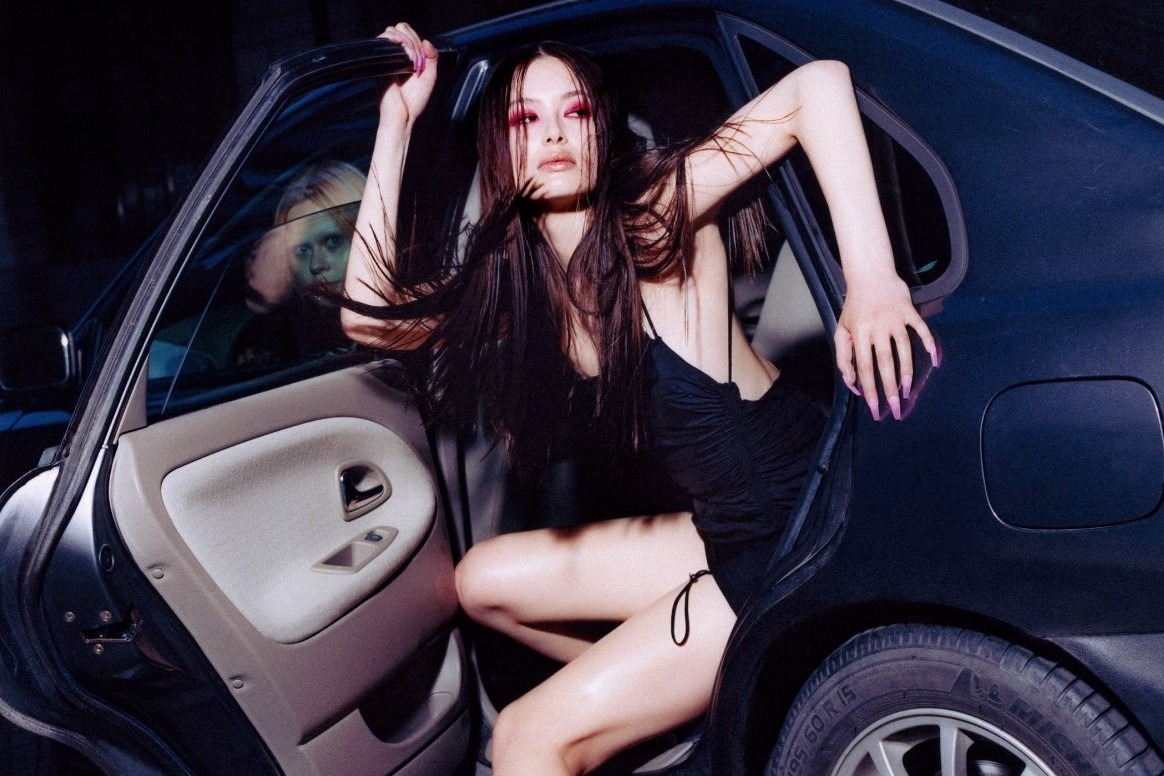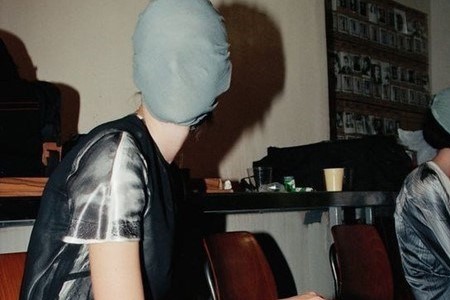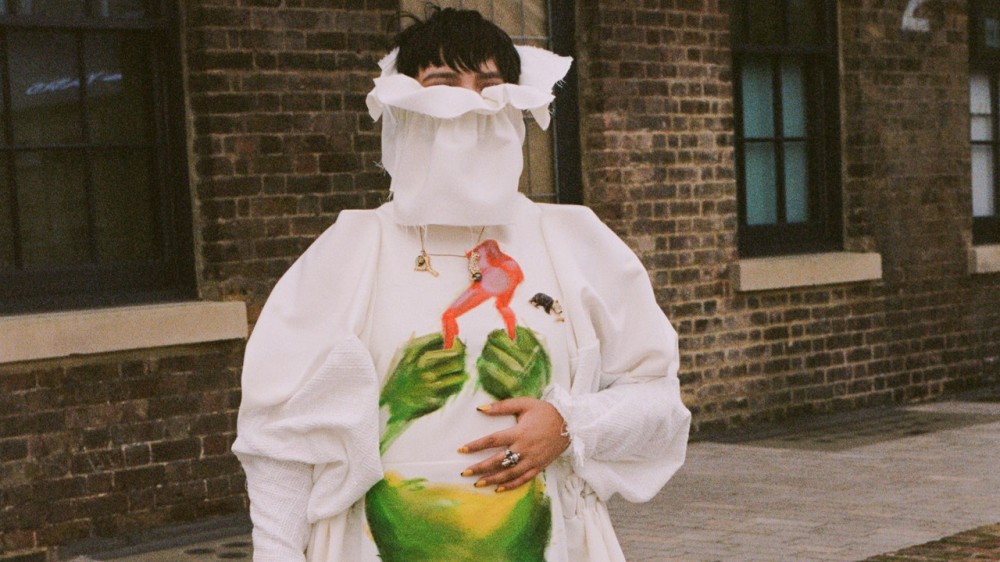
SEVALI has transformed Eytys deadstock into fashion for nocturnal animals
Sebastian de Ruffray’s collaboration with the Stockholm label turns prey into predators
The apex predator is an animal that rules over its dominion with relentless blood-thirst; dogged in its pursuit of pathetic underlings to fuck and ravage into tiny pieces. They are the lion, the crocodile, the lynx, and the kind of characters that Sebastian de Ruffray designs for. “It’s about embracing a ‘savage’ attitude,” he says of his latest collection, made in collaboration with Eytys. Ever since he first emerged from Central Saint Martins’ MA course in 2017, the Chilean designer has managed to marry sustainability with sexuality, constructing jackets and wedding dresses from metro tickets, mattresses, and car seats; inverting fashion’s food chain by finding treasure in trash. “My brand, SEVALI, has the potential to completely ‘normalise’ sustainability and my approach has always been out-there so ‘sex’ just happened.”
“I find the idea of building a fashion business without having sustainability as a key component quite inconceivable,” he continues. “Sustainability shouldn’t be considered an ‘asset’, but how things should be done naturally. It gives meaning to what I do.“ Though they were born from surfeit samples and deadstock fabrics, the pieces within this collection are less obvious in how they’ve been recycled, taking closer cues from the nocturnal archetypes that haunt 90s paparazzi photos and David Cronenburg’s Crash. The face of a white tiger glares from the backside of a pair of jeans, feline strips make jagged lines on block-heeled ankle boots, and serpentine slits on a pair of denim trousers are pulled taught by latticed strings. As the design process evolved and warm hues became icy steels, de Ruffray says he “always had a clear idea of what I wanted to transmit, these are clothes to have fun and go out in.”




He describes the accompanying campaign as capturing “urban animals” in their natural habitat, which is to say: an underground club in Stockholm. Tungsten-lit garages which aren’t unfamiliar to de Ruffray, who spent his upbringing in Santiago, surrounded by “cars and trucks” in the mechanics where his family worked. These origins can be mapped across his designs, like hefty leather jackets, lace-up pants, and a soon-to-be-released handbag – all of which “embodies [his] fascination with the motocross aesthetic,” and telegraph the kind of thing he wants to commit to more generally. “It’s about reinterpretating pre-existing codes and reusing them in a contemporary way,” he says. In coming together with Eytys, the designer was able to imagine how that ethos might manifest on a larger scale: “creating something that had to feel more wearable, while remaining faithful to my values.”
That worked for Eytys founder Max Schiller, who says “Sebastian’s work is instant, and artisanal, and SEXY. We had some old pieces and leftover materials collecting dust in the warehouse and who better to make this happen than SEVALI who can transform even seatbelts into sought after couture pieces.” So, the old stuff acquired new life, with de Ruffray lasering artwork and bleaching prints onto surplus denim, fixing chains and leather straps onto mini skirts, while threading bits of elastic through crop tops so they bunch-up with a swift tug. For a designer like de Ruffray to collaborate with a brand like Eytys is to make a scribble of fashion’s ecosystem, recasting left-over outcasts as protagonists. As Schiller says, “it’s like the classic High School movie plot when the ugly nerd transforms into the hottest girl at the end.“




